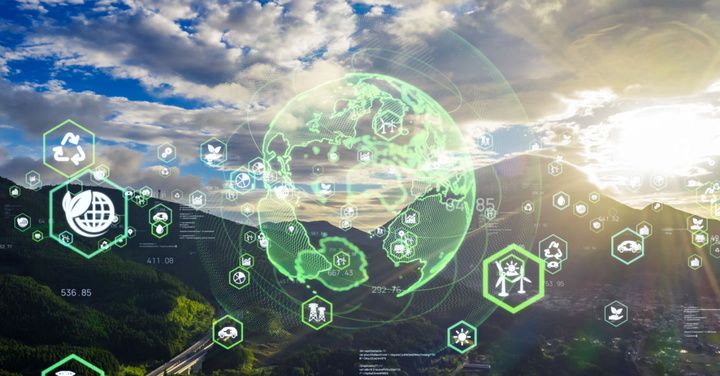
The Value of Data Cleansing in Freight Emissions Reporting & Calculations
Today’s logistics and supply chain operations would be nothing without the data they depend on. Every decision based on data analysis makes an important assumption—that the data used is reliable. In fact, this is what gives data any kind of value, that it can be trusted to provide accurate and factual information. Data accuracy mainly depends on the methodology used for collecting the data, but another important aspect is data cleansing or ensuring the data does not contain errors.
For GHG emissions reporting, it is especially necessary to use a data cleansing process. Those who report Scope 3 emissions (emissions from assets within the value chain not owned by the reporting organization) already have difficulty getting data based on accurate methods of measurement and calculation; this data cannot afford any errors that would make it unreliable. Shippers, BCOs, and freight forwarders must understand the importance of data cleansing for their emissions reporting efforts.
The Importance of Accurate Carbon Emissions Data
As mentioned, accurate emissions data largely depends on using a solid data measurement and calculation approach. Because complete, primary data for Scope 3 emissions are not readily available, organizations must decide whether they are using default data or modeled data. Default data has its disadvantages—it calculates carbon emissions using industry averages, which makes it inaccurate and imprecise. Modeled data, however, aligns data with the details of each scenario to ensure the calculation is specific and, therefore, both accurate and precise.
The other part of emissions data accuracy comes from data cleansing, which ensures that the data can be used and accepted as accurate. Suppose GHG emissions reporting did not have a high degree of accuracy. In that case, it could lead to incorrect analysis and decisions and ultimately affect the confidence of stakeholders regarding the organization’s sustainability efforts.
What is Data Cleansing?
Data cleansing, or data cleaning, is the process of making data ready for use by improving its quality, a process best performed by automation. The main parts of data cleansing are standardizing, normalizing, checking for and correcting duplicates and missing data, and verifying the data.
Data Standardization
Standardization is needed to get data values into a consistent format. Data used for emissions reporting can come from a range of sources that sometimes present their data in different ways. Once data is collected, standardization ensures the different data sets are compatible and can be treated as the same data set.
Data Normalization
Normalization is structuring and organizing a database to reduce dependency. Often, data values are dependent on another set of data. Databases must be structured so that only one attribute is defined at a time. This approach makes accessing the data cleaner and means that choosing to delete unneeded data won’t result in removing data that other data depends on.
Correcting Duplicates and Missing Data
As a result of merging data sets from different sources, duplicates and missing or incomplete data may occur. Duplicate data must be deleted. Missing data could be somewhere in the data set that it does not belong to, or if not, the incomplete data will need to be deleted.
Data Verification
The last step is verifying the data or checking that there are no other issues or inconsistencies. Every data point must be within the bounds of acceptable values. If the verification process finds any problems, more investigation is needed to determine what went wrong or what to do with the data.
How Data Cleansing Helps with Scope 3 Carbon Emissions Calculations
Taking carbon emissions data through the cleansing process means the data can be trusted as reliable. With reliable data stewardship, the result is accurate and precise carbon reporting that allows an organization to find their Scope 3 emissions baseline — where their carbon emissions are currently. As they make changes to their operations based on their data analytics and insight, they can monitor changes to their emissions and understand where the biggest opportunities are for future carbon emission reduction.
Ensure Data Accuracy with Searoutes
Data cleansing is essential to have accurate carbon emissions reporting before the data can be analyzed. While data cleansing ensures that data is fit for use, quality data starts at the source in the methods used for measuring and calculating. Searoutes provides accurate data as well as data stewardship for our customers’ data. This includes running input data through the whole data cleansing process and filling gaps, resulting in even more accurate CO2 calculations for the clients. To see a demo and learn more about Searoutes’ methodology, reach out to us today.